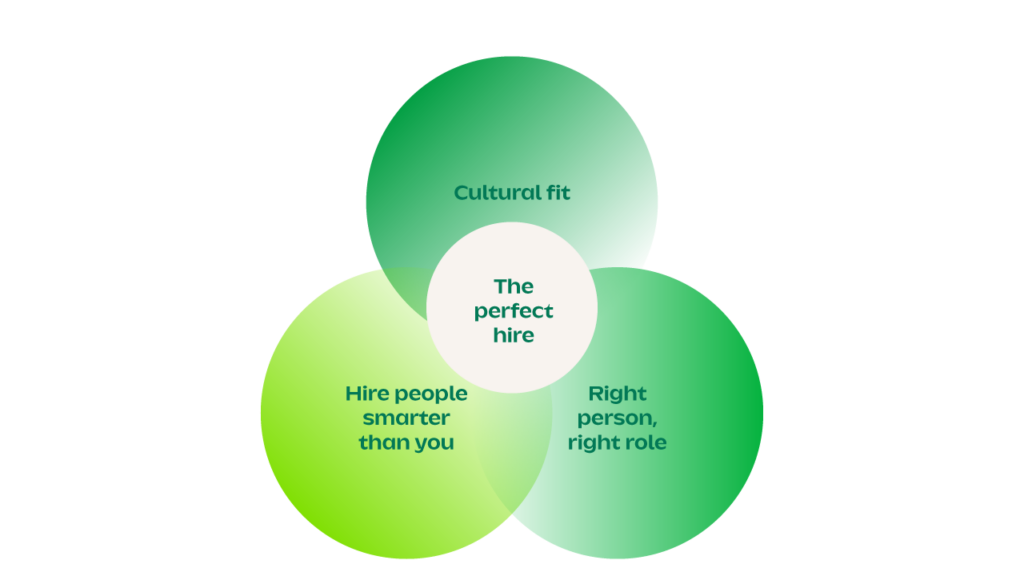
Even with the best product and strategy, a company won’t succeed without the right team. Strong teamwork and alignment with corporate culture are essential for driving a business from good to great.
Historically, businesses have focused on capability – what someone knows, their qualifications, and their experience. But in reality, cultural fit matters more. Employees who align with a company’s values, attitude, and mission foster a collaborative and high-performing environment. Capability can be developed, but cultural fit is far harder to find.
Cultural fit > Capability
In our approach to hiring and team-building, cultural fit always takes precedence over professional competence. Why? Because even the most talented individual will struggle in an environment where their values don’t align with the company’s ethos.
Key reasons cultural fit comes first:
- Prevents conflict and strengthens teamwork – Employees with shared values collaborate better and reduce friction within teams.
- Encourages long-term engagement – People who believe in a company’s culture are more likely to stay and contribute over time.
- Enhances overall company performance – A well-aligned team operates more smoothly, leading to better results.
That’s why, in our performance evaluations, cultural fit accounts for 20% of the assessment, ensuring employees actively promote and practice company culture. New hires undergo cultural induction before focusing on performance orientation, reinforcing this priority from day one.

Importance of Cultural Fit in Hiring
Positioning people for success
Beyond hiring the right talent, success depends on placing people in the right roles. Identifying strengths and leveraging them appropriately is key to unlocking potential and maximizing effectiveness.
We use a combination of competency modeling, assessments, team-building exercises, and 1:1 interviews to create a full picture of each employee. This allows us to ensure:
- Employees are in roles that best suit their strengths.
- They receive diverse experiences through rotational programs.
- Feedback loops enable ongoing development and refinement of their positions.
If the cultural fit is right, we can always adjust roles to find the best match. The goal is to position employees where they can truly excel.
Hire people smarter than you
A great leader isn’t defined by their individual capabilities but by the strength of their team. The best leaders actively surround themselves with people who are more competent than they are, lifting the entire organization to new heights.
Our talent selection model reflects this. If a leader’s talent score is higher than their team’s, the team is likely being held back. But when a leader surrounds themselves with top-tier talent, the entire team’s performance rises.
A Chinese proverb says, “When three people work together, one of them will always have something to teach me.” This mindset fosters an environment of continuous learning and growth.
The competency model: a framework for success
We’ve developed an internal competency model to guide our hiring, performance evaluations, and leadership development. It’s built on four core pillars:
- We > I – Prioritizing teamwork over individual success.
- Breakthroughs & Innovation – Encouraging creative problem-solving.
- Pragmatism & Integrity – Ensuring honesty and real-world effectiveness.
- Customer Orientation – Keeping the customer at the center of everything.
Each pillar includes measurable behavioral traits that help quantify staff effectiveness, forming part of annual appraisals for continuous improvement.
Final thoughts
Hiring the right talent isn’t just about skills – it’s about fit, positioning, and leadership.
- Prioritize cultural fit over capability.
- Place people in roles where they can thrive.
- Hire people smarter than you to elevate your team.
When these principles guide hiring and team-building, businesses can move beyond mere competence to true excellence.